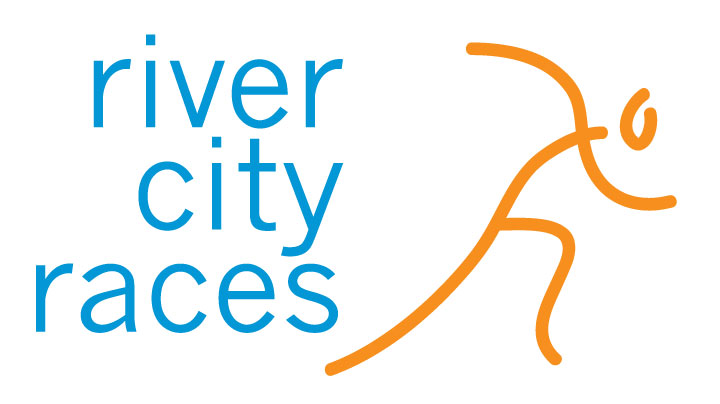by Coach Dell Irby, www.coachdellairby.com
Spring is upon us, and summer is around the corner. Most triathlons are in the heat of summer and most marathon races are in the fall so the majority of the training is also in the heat of summer.
Temperature, humidity, and dewpoint all impact how your body will perform during training and race day.
Performance can be impaired up to 7% in temperature of 86 degrees F+ compared with cooler temperatures. Strategies should be incorporated into training and race preparation to decrease the strain of extreme environmental conditions.
When the race schedule or training in extreme heat conditions you should consider three things:
1.) Heat Acclimation
2.) Cooling
3.) Hydration
There are some things you can’t control like the weather conditions but you can control the preparations you take to adapt to those conditions.
Heat Acclimation is specific to the environmental stress and level of intensity. It is the adaption to these environmental conditions that reduces the physical strain and allow for optimal performance.
Acclimation
The improvement in heat tolerance will come from gradual increase in duration or intensity of work performance in a hot, dry or hot and humid environment. Studies show that athletes will benefit from as little as 5 consecutive days of heat exposure, but 3 weeks will optimize their performance. In the beginning the intensity should stay aerobic and the duration should stay shorter. Try to train in the environment you are going to race in but if you can’t, acclimate simulating an indoor hot + humid environment, such as saunas, overdressing in indoor workouts, treadmill running in a warm room, etc.
Cooling
It is important to learn how to keep both the internal and external temperature cool. Cooling the body before and during the training/racing allows the body to better cope with the heat and help avoid negative impacts of overheating. You can regulate the internal core temperature through ingestion of ice, ice slurries and cold fluids throughout the training session and race. You can keep the external temperature cool by using ice vest, cold towels, ice bottles in your hands, ice down your pants or jog bra, etc. Cooling the body after training/racing aids in recovery. You can do that by getting in a cooler area after the race/workout, ice, shaded tree, fans, misters, etc. You will find that many hot races will be set up with colling devices for you to unitize after a race.
Hydration
As the body temperature goes up hydration becomes extremely important. It is very easy to become dehydrated during extreme conditions. Staying hydrated increases energy, improves movement, recovery and agility, and aids in mental clarity and activity – all of which can improve physical performance and reduce the risk of injuries. The best way to prevent dehydration is to maintain body fluid levels by consuming plenty of fluids before, during, and after a workout or competition. Often, athletes do not realize that they are losing body fluids or that they are impacting their performance through dehydration. Knowing your sweat rate will help you know how much hydration you need to put back in during a workout. Some early signs of dehydration are thirst, flush skin, premature fatigue and increase heart rate. Some late signs of dehydration are dizziness, increase weakness and labor breathing. You should aim for 16 to 20 oz. of water 10 minutes before your workout and 5 to 8 oz. per 15 minutes while exercising.
There are other factors to consider when training and racing in heat such as sodium, potassium and magnesium. I will hit on this in an upcoming article.
Don’t just “beat” the hills but run your best race.

